The HVAC systems for FDI factories in Vietnam are moving towards energy optimization, eco-friendliness, and meeting international standards to satisfy the stringent demands from foreign investors.
International Standards and Energy Efficiency Requirements for HVAC
HVAC systems in FDI factories must adhere to strict international standards for energy efficiency and eco-friendliness. This not only ensures sustainable growth but also reduces long-term operating costs. International conferences like COP26 underscored the importance of reducing emissions and enhancing energy efficiency, pushing HVAC systems to perpetually improve and advance.
As the economy expands and sustainable environmental standards become imperative, international standards and energy efficiency for HVAC emerge as vital factors. ASHRAE Standard 90.1 plays a fundamental role in defining design and operation requirements for HVAC systems, facilitating optimal energy performance and providing specific energy-saving guidance.
The Coefficient of Performance (COP) is a measure of energy efficiency in heating or cooling systems, indicating input and output energy optimization. A higher COP signifies better energy savings. Additionally, the Energy Efficiency Ratio (EER) provides another perspective on system performance, crucial in Vietnam’s hot and humid climate.
Performance standards are further refined through indicators like IPLV (Integrated Part-Load Value), which measures performance under varying load conditions, and CSPF (Cooling Seasonal Performance Factor), assessing seasonal energy efficiency. The ESEER (European Seasonal Energy Efficiency Ratio) is also applied to realistically reflect HVAC performance under actual conditions.
Regarding indoor air quality, ASHRAE Standard 62.1-2022 specifies limits on ventilation rates, CO₂ control, humidity, and other pollutants, ensuring indoor environments remain clean and health-protective while enhancing work efficiency.
Ultimately, by applying these international standards, HVAC systems not only achieve energy efficiency objectives but also enhance indoor air quality, fostering sustainable development and environmental protection.
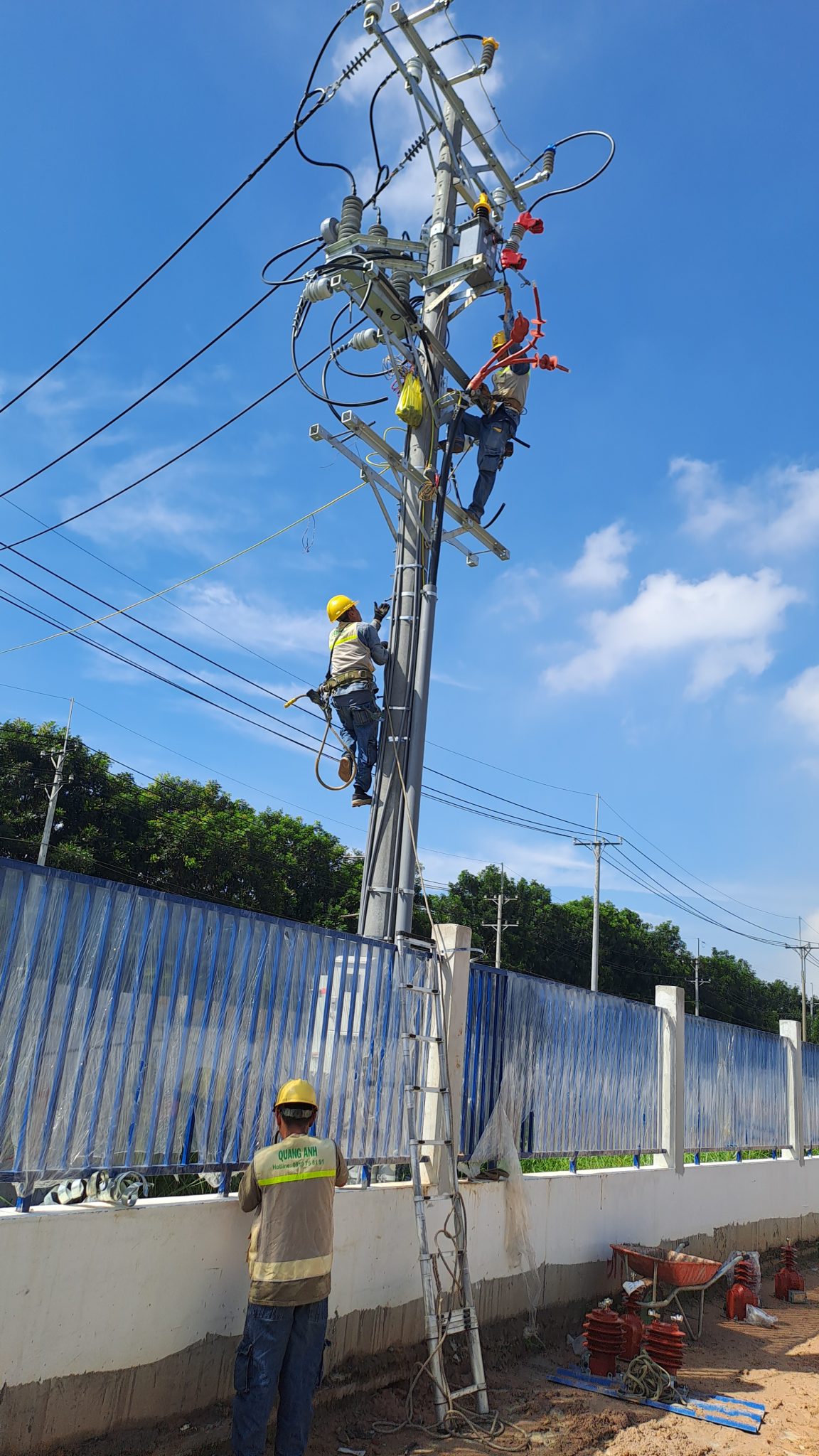
Structure and Equipment of HVAC Systems for FDI Factories
Structure and Equipment of HVAC Systems for FDI Factories
HVAC systems in FDI factories typically include essential components like the Air Handling Unit (AHU), Condensing Unit (CDU), and ductwork system. This setup is critical for efficient climate control, ensuring high air quality per clean room standards, especially in industries such as electronics, pharmaceuticals, and food production.
In FDI factory HVAC systems, a complex arrangement of devices and mechanisms works in unison to rigorously control temperature, humidity, pressure, and air cleanliness. Key components include the AHU, where external air undergoes temperature, humidity, and pressure adjustments before entering the production environment.
A crucial aspect of this system is its air filtration capability, with HEPA filters widely used to maintain air purity, particularly vital for high-standard environments like pharmaceuticals or electronics manufacturing. These filters can eliminate bacteria and fine dust particles before air is circulated in clean rooms.
To ensure comprehensive and effective climate control, the HVAC structure also incorporates industrial cooling devices, such as the CDU, which maintain the appropriate temperature with high-capacity compressors. The heat exchange system, using hot or chilled water coils, plays a role in regulating the air temperature flowing to maintain steady conditions in the factory.
The HVAC setup employs insulated ductwork to regulate pressure, airflow, and noise reduction, ensuring energy efficiency. These ducts are often wrapped with insulation to prevent heat loss and maintain desired temperatures. In industries requiring sterility, like healthcare, the fresh air ratio can reach up to 100%, eliminating recirculated air and maintaining the highest production standards.
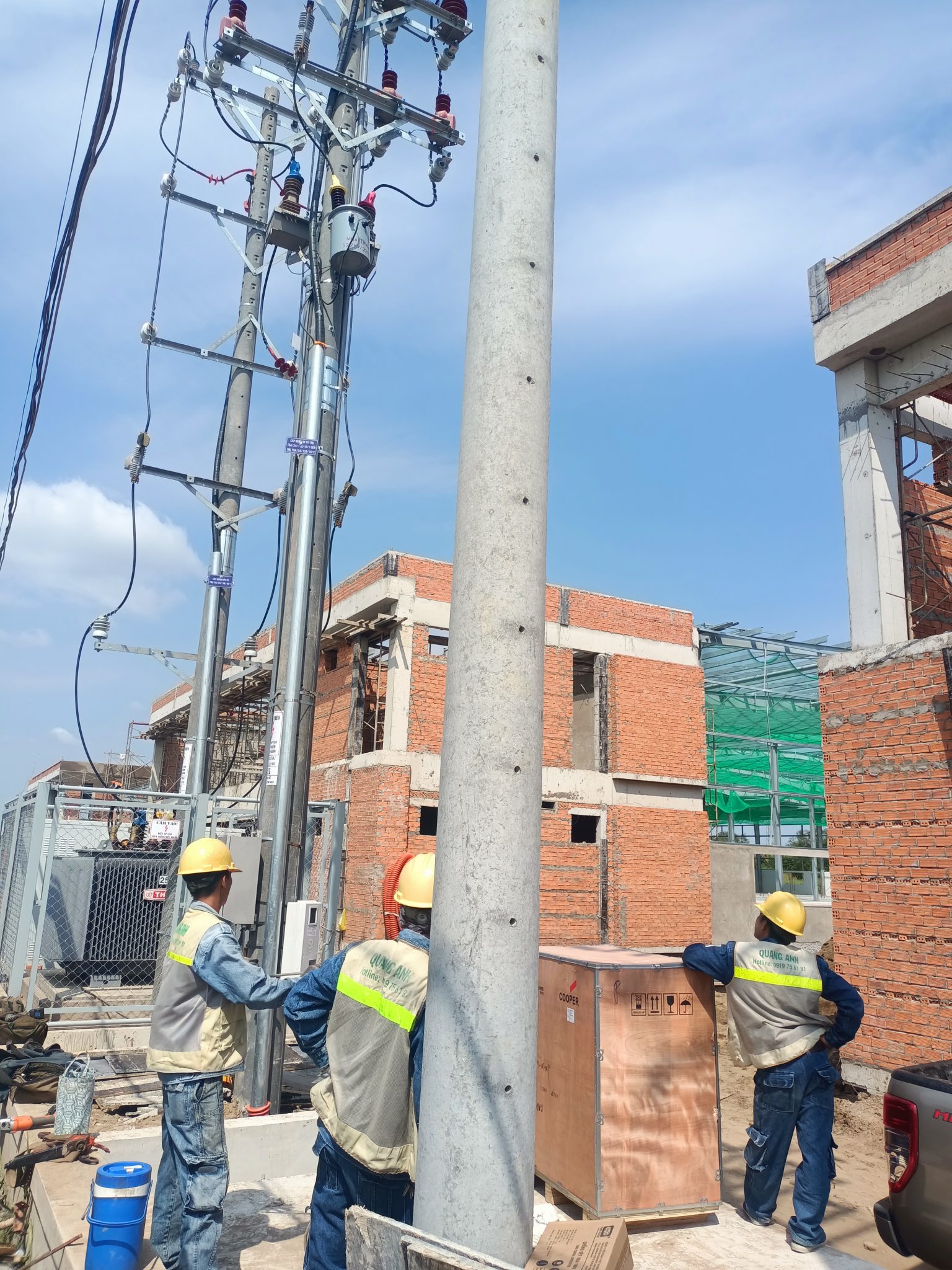
HVAC Technology Trends and Adoption of Eco-Friendly Refrigerants
Current HVAC technology trends are shifting towards using eco-friendly refrigerants like R-32, R-1234yf, and R-290 to replace traditional HFCs, due to their reduced environmental impact and higher efficiency. This shift not only meets the sustainability initiatives of international corporations but also aids in long-term cost savings.
Amid climate change and the urgent need to reduce carbon emissions, HVAC technology is experiencing a robust transition towards green refrigerants. Notably, substances like R-32, R-1234yf, and R-290 are progressively replacing traditional HFC compounds.
R-32 is distinguished by its high cooling efficiency and low Global Warming Potential (GWP), minimizing environmental impact while optimizing energy savings. Not only more sustainable, R-32 provides high operational efficiency, making it a preferred choice in air conditioning industries.
Similarly, R-1234yf is well-regarded in the automotive and modern HVAC sectors for its ultra-low GWP. This makes it recognized as an environmentally friendly refrigerant, aligning with the sustainable development goals pursued by many companies.
Additionally, R-290, or propane, is naturally derived and does not deplete the ozone layer. Its recommended use in medium to small-scale refrigeration systems owes to its high efficiency and environmental sustainability.
Besides transitioning refrigerants, HVAC technology also utilizes smart solutions such as IoT-integrated control systems and artificial intelligence (AI). This aids in real-time system monitoring, enhancing automation and energy savings, thereby reducing operational costs and extending equipment longevity.
Adopting these advanced technologies not only assists businesses in meeting global green standards but also ensures long-term cost efficiency through more effective resource utilization.
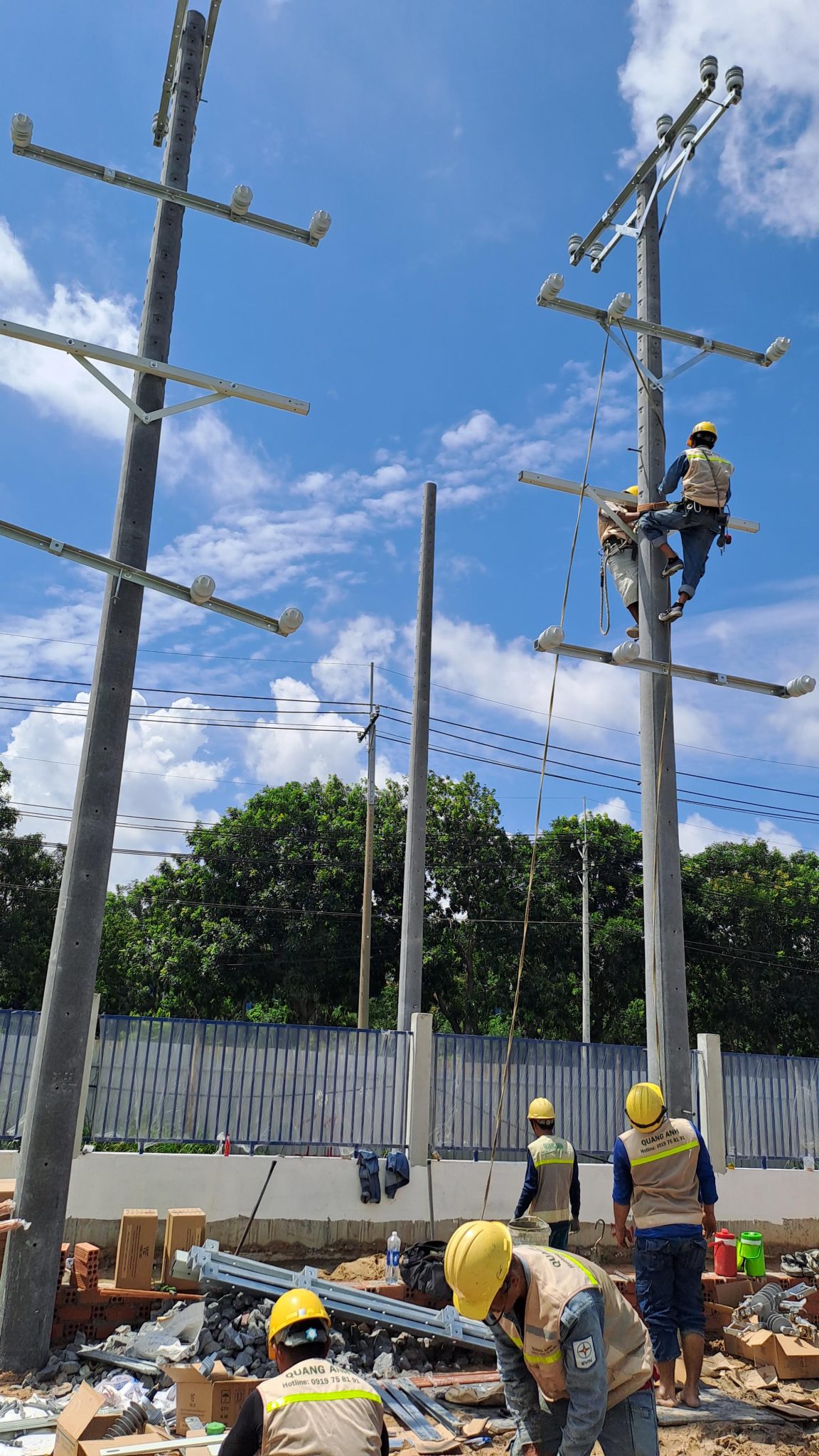
International Quality Certification for HVAC Equipment
Achieving certification from reputable international organizations such as Eurovent Certified Performance is crucial. Uncertified products may consume more energy and fall short of design performance, leading to increased operating costs. Selecting certified equipment ensures stability and reliability in HVAC system operations.
International quality certifications play a significant role in ensuring HVAC (Heating, Ventilation, and Air Conditioning) equipment operates in accordance with global safety, performance, and energy efficiency standards. Obtaining these certifications not only ensures safe and stable HVAC operation but also increases market accessibility globally.
- ETL Certification: Issued by independent labs like Intertek, ETL certification verifies that HVAC equipment has undergone comprehensive performance and safety testing, complying with current standards. This is vital for product entry into international markets and demonstrates quality features and energy efficiency.
- EPA Certification: Granted by the U.S. Environmental Protection Agency, EPA certification ensures that HVAC equipment or technicians adhere to strict environmental protection regulations, such as waste management and emissions reduction.
- NATE Certification: Endorsed by the U.S. National Comfort Institute, NATE certification proves that HVAC technicians possess high competence, specialized training, and effective system maintenance capabilities.
- Role of Accreditation Bodies: National and international accreditation organizations like BoA and VACI assure quality through mutual recognition agreements. This recognition helps reduce costs and testing time while enabling HVAC products to compete globally.
- Testing and Certification Process: Includes testing HVAC equipment’s features, electrical safety, energy efficiency, and durability. Independent labs play a crucial role in providing certification, ensuring compliance with global standards.
International quality certification acts as a “passport” that ensures HVAC equipment achieves economic efficiency, energy savings, and safety in global markets.
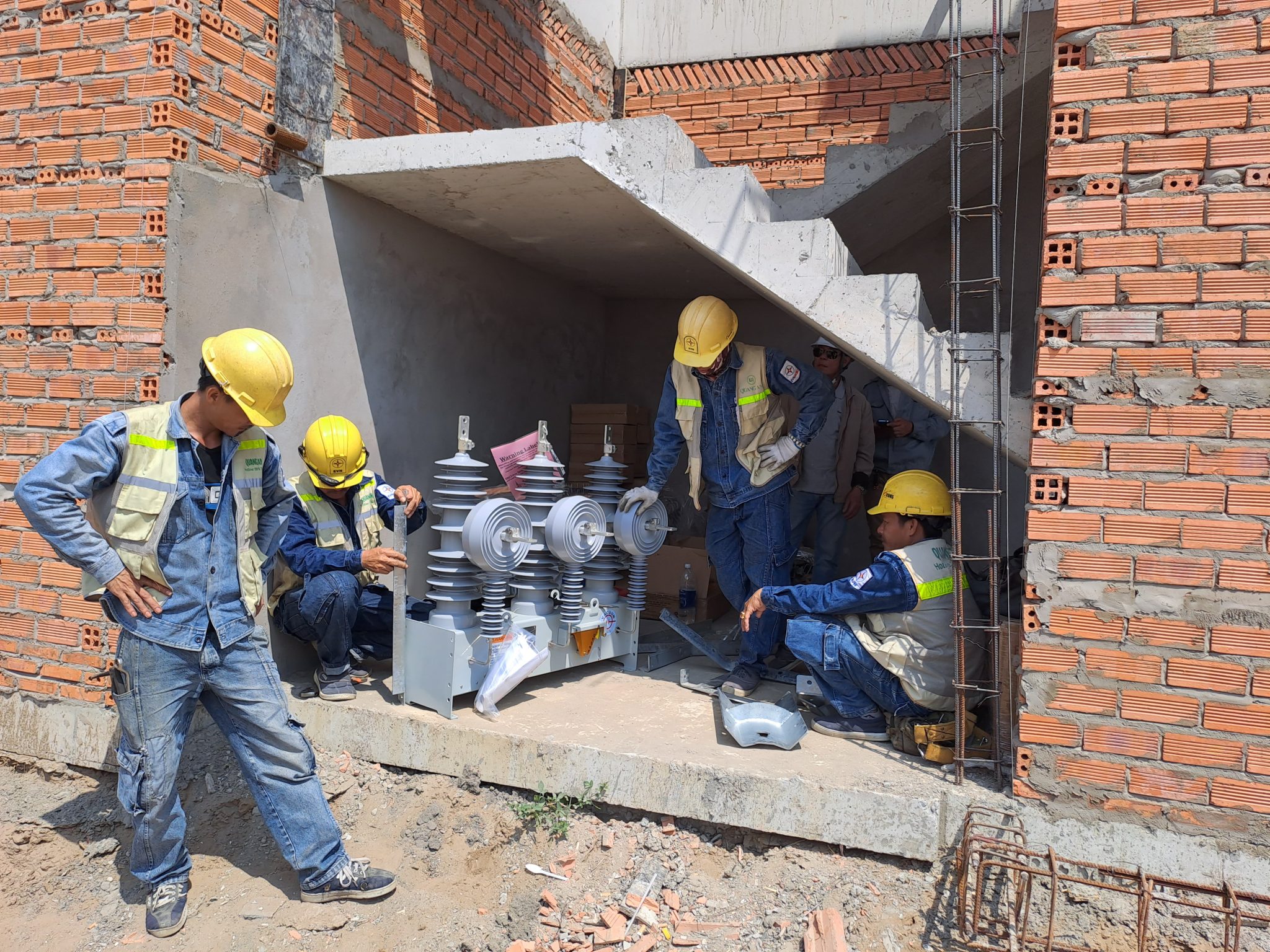
The HVAC systems deliver optimal benefits by leveraging advanced technology to meet international standards, increasing energy efficiency and fostering sustainable growth, thereby aiding FDI factories in achieving high operational efficiency and mitigating cost risks.
QuangAnhcons is committed to providing optimal HVAC solutions for FDI factories in Vietnam. Call now at +84 9 1975 8191 for detailed consultation.
QuangAnhcons offers design, consultancy, and installation services for HVAC systems meeting international standards, assisting FDI factories in Vietnam to optimize performance and ensure sustainability.
[contact-form-7 id="7239967" title="Contact form 1"]

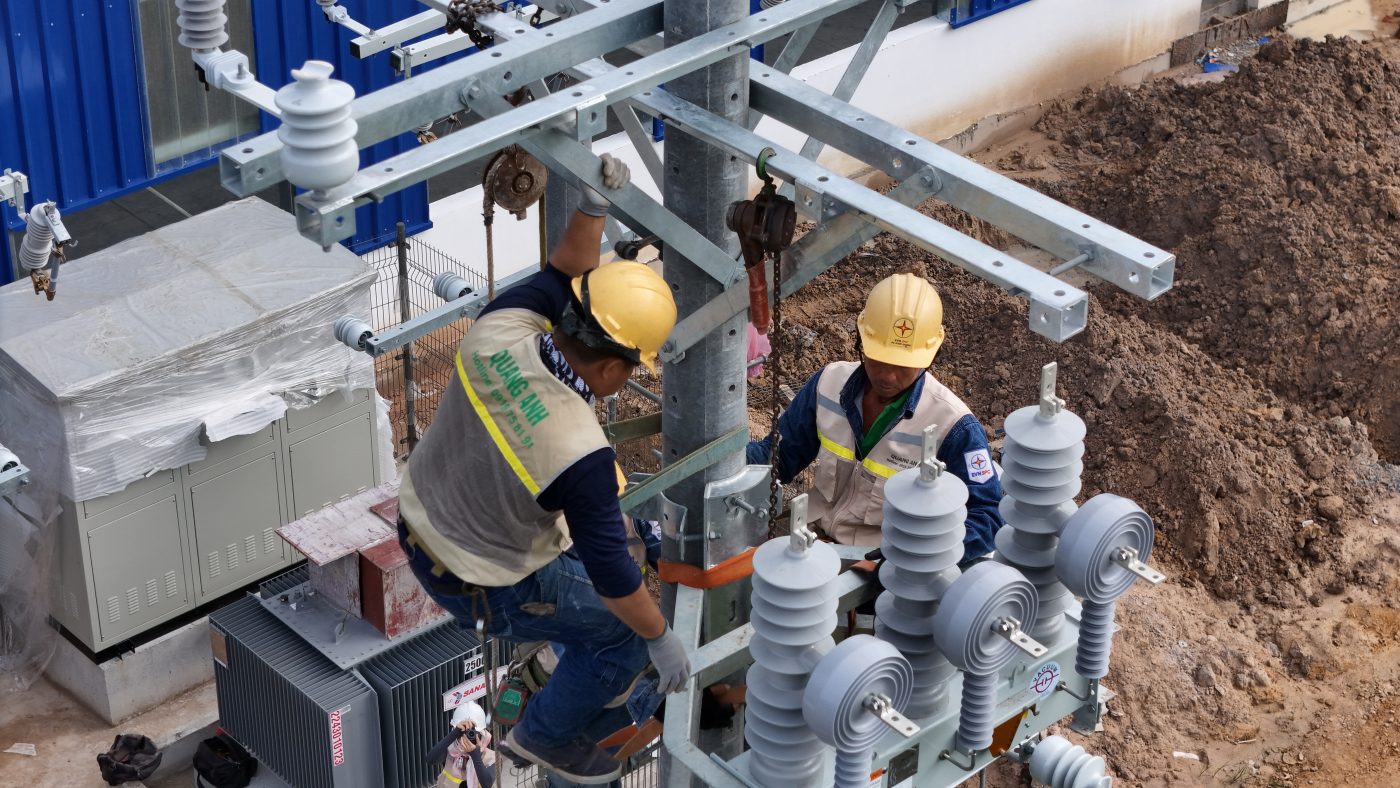
Related Posts
Tay Ninh Solar Power Planning: Technical Framework, Grid Interconnection, and Rollout Roadmap
Technical overview of solar planning in Tay Ninh: irradiation, grid capacity, permitting, design, operations, and [...]
Dec
Binh Duong Solar Planning: Regulatory Framework, Grid Interconnection, and an Implementation Roadmap for Factories and Industrial Parks
An overview of Binh Duong solar planning: legal framework, interconnection, design, risk management, and an [...]
Dec
Solar Farm Repair: O&M Workflow, IV Curve Diagnostics, Thermography, Inverter Service and Utility-Scale Safety
A utility-scale solar farm repair plan centered on O&M, IV curves, thermal imaging, inverter service, [...]
Dec
Dong Nai Solar Power Plan 2023–2025: Tri An 1,029 MW, Grid Upgrades and the DPPA Pathway
A complete look at Dong Nai’s solar power plan: Tri An 1,029 MW, irradiation potential, [...]
Nov
Quang Ngai Solar Power Plan 2024–2030: Legal Framework, Irradiance Potential, and Development Roadmap
A complete look at Quang Ngai’s solar power plan: capacity targets, irradiance (PVout), development zones, [...]
Nov
Solar Damage Assessment Services: On-Site Procedures, EL/IV/Thermography Testing & Compliance with Standards
Discover IEC/UL/NEC standard solar damage assessment processes: on-site evaluation, EL and IV curve testing, thermal [...]
Nov
Comprehensive Package Estimate for a 1800MVA 500kV Substation: Scope, Configuration 3x600MVA, Standards and Timeline Management
An overview of the 1800MVA 500kV substation estimate: construction scope, configuration 3x600MVA, GIS/AIS, SCADA, standards, [...]
Nov
Factory Electrical Systems: Comprehensive Design and Implementation Guide
Discover the detailed and safe process of factory electrical systems design and implementation. [...]
Oct
Blueprints Required for Factory Construction Permits
Discover the necessary blueprints in factory construction permit applications, from floor plans to electrical and [...]
Oct
What Are the Requirements for a Factory Construction Permit? A Comprehensive Guide
Explore the documentation and steps needed to secure a factory construction permit for streamlined project [...]
Oct
Factory Construction Permit Procedures in Vietnam: Essential Guidelines and Documents
Learn the procedures for securing a factory construction permit in Vietnam, focusing on document preparation [...]
Oct
Key Steps in the Factory Construction Process
Discover the essential steps and requirements for building factories. [...]
Oct
Comprehensive Electrical Substation Solutions by Quanganhcons
Discover the cutting-edge electrical substation solutions offered by Quanganhcons for industrial applications. [...]
Oct
Investment Costs for a 1MWp Solar Power System and Influencing Factors
Explore the investment costs for a 1MWp solar power system in Vietnam and the influencing [...]
Sep
QuangAnhcons: Elevating Wind Energy Solutions
Explore QuangAnhcons' leadership in wind energy and renewable solutions in Vietnam. [...]
Sep
Electrical Contractor Strategies at Becamex Industrial Park
Discover the strategic advancements and partnerships of the electrical contractor at Becamex Industrial Park. [...]
Sep
Investment Insights for 1MW Wind Energy in Vietnam: Costs and Opportunities
Discover the detailed analysis of costs and opportunities for investing in 1MW wind energy projects [...]
Sep
Advanced Electrical Installation Solutions by QuangAnhcons
Explore advanced electrical installation solutions and modern technology with QuangAnhcons. [...]
Sep
Enhancing Industrial Electrical Services with Quanganhcons
Discover Quanganhcons' expertise in industrial electrical services, offering efficient and sustainable power systems. [...]
Sep
Comprehensive MEP Solutions by QuangAnhcons: From Design to Maintenance Excellence
Discover optimal MEP solutions with QuangAnhcons, dedicated to excellence from design through maintenance. [...]
Sep